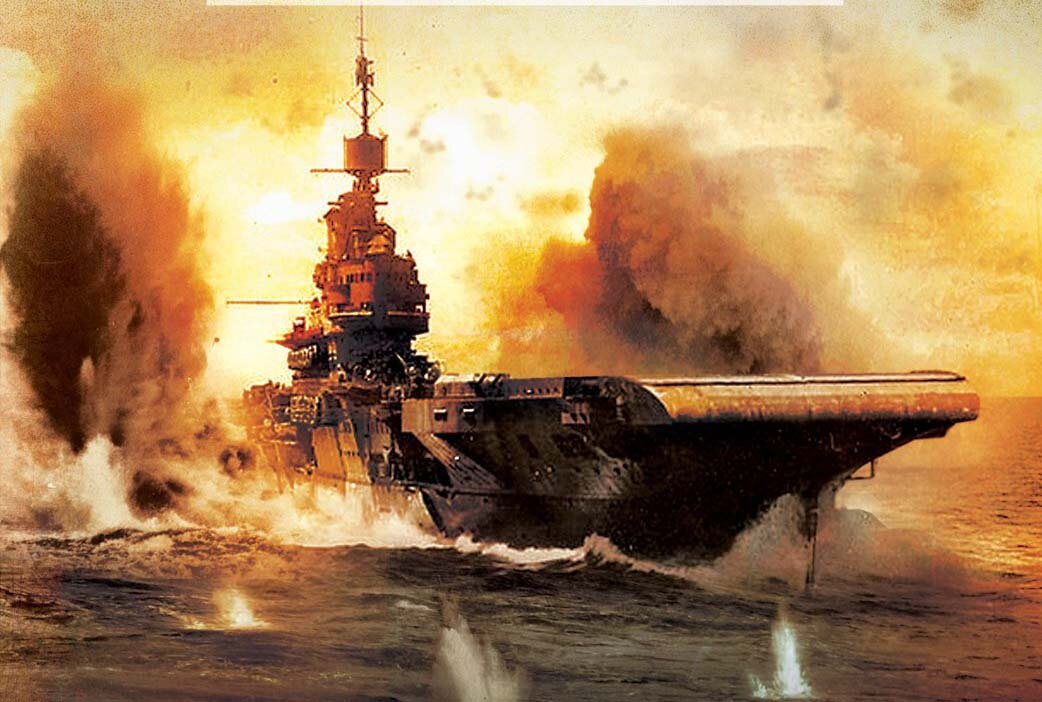- Thread starter
- #261
Wild_Bill_Kelso
Senior Master Sergeant
- 3,231
- Mar 18, 2022
So it sounds like at least part of the problem was also at Fairey itself.
I think I've decided. Let's make them build a Gloster F.5/34 with a merlin engine. As a carrier fighter. Start with strait wings then develop folding wings.
Put a Gloster executive on the board to help supervise, in the guise of managing the technology transfer but also holding Fairey's feet to the fire. Sir Charles was getting a bit long in the teeth and was having trouble holding it all together. Also, at least some, if not all of the guys in the commission(s) that created the specs for the Barracuda need to be put into a Crusader tank crew and sent to fight in Second El Alamein.
So let it be written. So let it be done.
I think I've decided. Let's make them build a Gloster F.5/34 with a merlin engine. As a carrier fighter. Start with strait wings then develop folding wings.
Put a Gloster executive on the board to help supervise, in the guise of managing the technology transfer but also holding Fairey's feet to the fire. Sir Charles was getting a bit long in the teeth and was having trouble holding it all together. Also, at least some, if not all of the guys in the commission(s) that created the specs for the Barracuda need to be put into a Crusader tank crew and sent to fight in Second El Alamein.
So let it be written. So let it be done.

